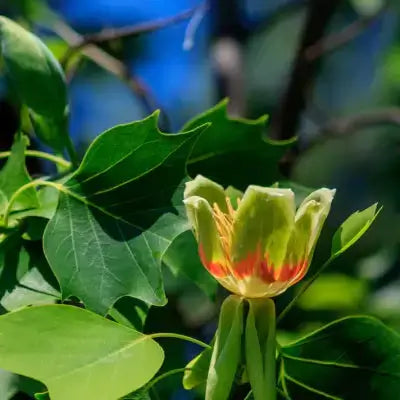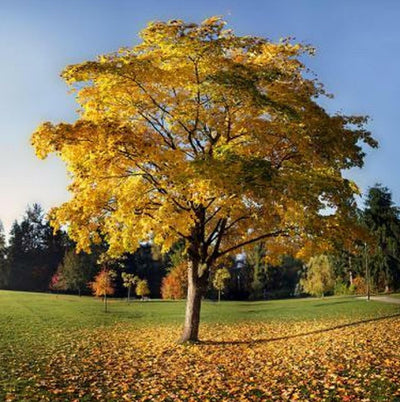The tulip poplar tree is one of the tallest trees in America.
People find it so striking it was chosen the state tree of Tennessee, Kentucky, and Indiana. It can grow to be 165 feet tall. It grows straight up, sometimes without a branch, until 100 feet.
The flowers are breathtaking, not surprising considering it's a member of the magnolia family. Besides being known as the tulip tree or tulip poplar, Liriodendron tulipifera was also known as canoe wood. Native Americans prized it for its usefulness in making canoes.
Truly a tree for all seasons, the tulip tree is also a significant honey plant for bees. Find it as a live stake in our online tree nursery.
Source to Buy Tulip Poplar Trees
TN Nurseries best selling trees
Tulip Poplar
Red Maple
Dogwoods


